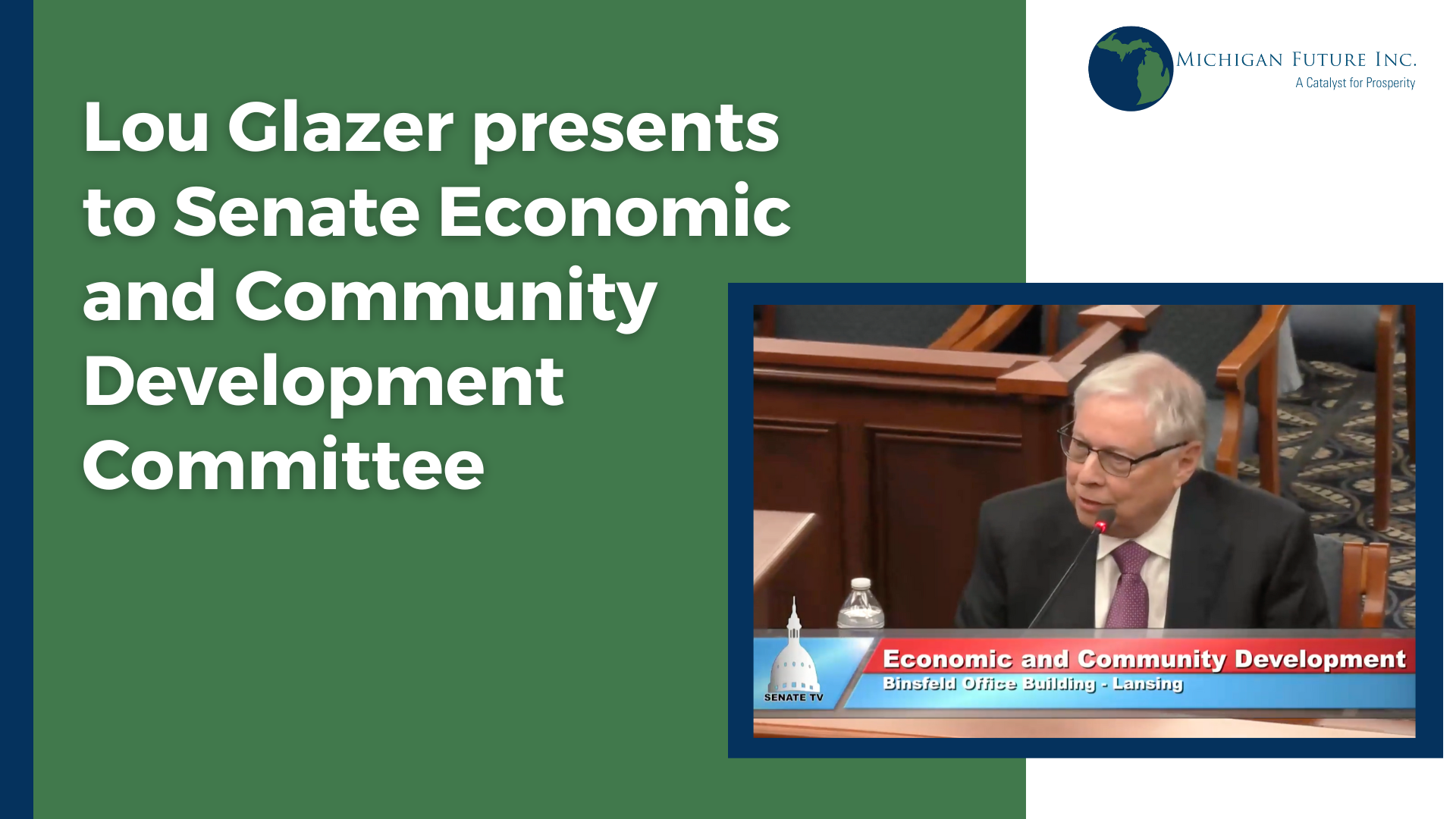Readers know that I am concerned about the low graduation rates that characterized almost all of our universities and colleges. The recent Brookings report on demographic changes across the country from 2000-2008 provides data that should worry all of us. In 2008 the proportion of 25-34 year olds with a four-year degree is less than that for 35-44 year olds.
At the very time that the economy is demanding more college grads, the college attainment rate is going down. Not good news either for the economic prospects of the Millennials or the American economy. The 25-34 year olds have a higher proportion that have some college, but no degree. So more are going to college, but fewer are graduating. We need to change that.
I wrote a series of previous posts on the need to demand of higher eduction the same kind of improved outcomes that we have of k-12 education. Those standards, combined with funding following the student, have helped create new schools are getting student outcomes that were thought impossible a decade ago.
One of the innovations that a few new high schools have adopted is taking responsibility for the graduates while they are in college. Two of them – including Ferndale’s University High School which I am involved with – have hired college success advisers. A coach/counsellor that follows the student from high school to college. As the Free Press noted so far the advisers are helping get college retention rates that are far above that for students from urban high schools. (The article also includes a list of the graduation rates from our public universities.Take a look. Pretty depressing!)
As the article notes we are so pleased with the results we are going to require all the new high schools funded by Michigan Future Schools to have a college success adviser. But ultimately the only way these kind of supports can be provided at scale is when colleges and universities provide these services. The advisers provide the kind of support that universities provide to their scholarship athletes. The question we need to ask our colleges and universities is why aren’t they at least experimenting with this kind of support system for all students as a way of boosting graduation rates.






